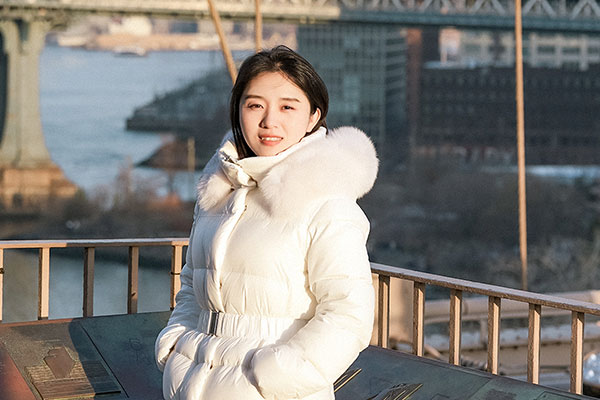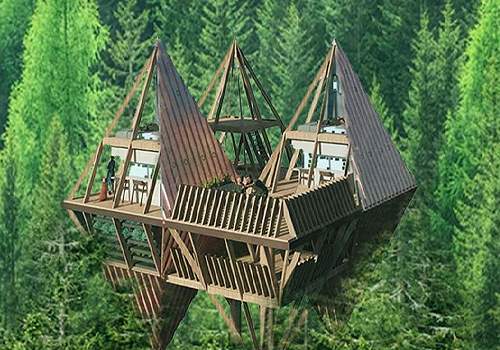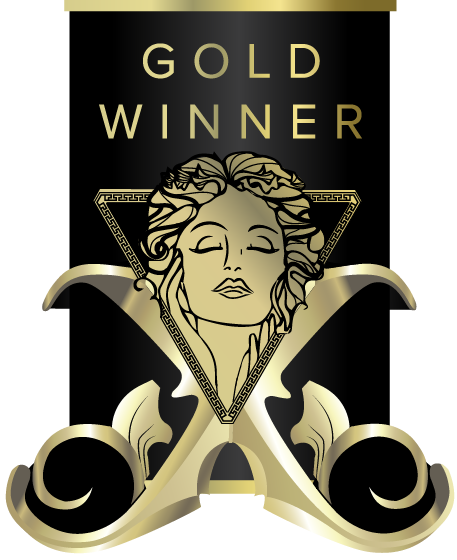
Interview
Na Shen
1 Congratulations on winning the MUSE Design Awards! Can you introduce yourself and share about what inspired you to pursue design as a career?
My name is Na (Selene) Shen. Designing has always been my greatest passion, even though my journey took a long way around. My career has led me through architecture, landscape architecture, and construction, giving me a unique perspective across disciplines. I hold a Master of Architecture from the University of California, Los Angeles (UCLA), and a Master of Landscape Architecture from Seoul National University, and I am a LEED AP in Building Design and Construction. To a certain extent, most of my projects integrate architecture and landscape architecture. Architects hold a responsibility to the community and society—not only from a micro perspective, focusing on individual buildings, but also from a macro perspective, considering cities and environments. I believe this interdisciplinary lens helps create healthier and more natural experiences within our concrete and steel cities. My curiosity and eagerness to discover more are what drive me to create. I believe architecture requires both artistic intuition and logical thinking, a combination that makes it truly unique and fascinating. Architects turn ideas into places where people can feel, live, and dream—and that is the career I’ve chosen for my life.
2 What does being recognized in the MUSE Design Awards mean to you?
Being recognized as a Gold Winner by the MUSE Design Awards gives me great confidence. It affirms that the path I’m pursuing—imaginative yet responsible architecture—truly matters, and it motivates me to keep creating work that is both visionary and practically sustainable.
3 How has this achievement impacted your career, team, or agency, and what opportunities has it brought so far?
As the solo founder of Atelier Lune, I focus on sustainable design strategies that benefit both people and the planet. This recognition enhances my credibility, sparks new conversations around micro-living concepts and climate-positive design, and, hopefully, opens doors to collaborate with others who share these values.
4 What role does experimentation play in your creative process? Can you share an example?
Design, for me, is an iterative process of experimentation—exploring massing, program, layout, color, materials, and environmental response—until the solution feels inevitable. In NESTSHIP, I tested numerous variations to balance structure, daylight, ventilation, and interior efficiency, ultimately selecting the options that achieved the best harmony among them.
5 What's the most unusual source of inspiration you've ever drawn from for a project?
For NESTSHIP, the octahedron form emerged from pairing a pyramid with its inverted counterpart—day and night, positive and negative, gravity and anti-gravity—then refining the idea through the lens of the Five Platonic Solids, where the octahedron is inherently associated with air. This duality—light yet grounded—inspired a design that minimizes land impact while maximizing environmental performance.
6 What’s one thing you wish more people understood about the design process?
Instinctive inspiration comes quickly and often unexpectedly; the real design lies in patient refinement. Most of the process involves testing an idea against the site, climate, code, budget, structure, and craft—and then editing until only what truly matters remains. It’s one percent inspiration and ninety-nine percent effort devoted to refining the idea.
7 How do you navigate the balance between meeting client expectations and staying true to your ideas?
My approach is to translate vision into clear, testable principles—performance targets, spatial priorities, and cost parameters. Even with NESTSHIP’s futuristic form, I grounded the concept in seismic strategy, structural logic, MEP routing, water and sewer systems, solar and passive strategies, and constructability. Architecture lives in the real world, not the metaverse; uniting idea and reality into one coherent solution is the shared responsibility of both the designer and the client.
8 What were the challenges you faced while working on your award-winning design, and how did you overcome them?
The biggest challenges lay in the details and mechanics: stabilizing a central-pier structure, panelizing non-orthogonal surfaces, and integrating MEP systems without compromising the project’s aesthetics. The core difficulty was buildability—ensuring that the geometry, structure, and service routes could be executed exactly as designed. Conceptual ideas must ultimately stand up to the realities of structure, coordination, and construction.
9 How do you recharge your creativity when you hit a creative block?
I love to travel and explore new experiences. I’ve had the opportunity to work and live across the United States, Europe, and Asia, gaining insight into how different cultures approach life and the arts. So far, I’ve visited 15 countries. Changing environments—whether cities or nature, museums or mountains—refreshes my perspective and broadens my creative references. Every scene, real or surreal, rekindles my sense of imagination and sparks new ideas.
10 What personal values or experiences do you infuse into your designs?
Sometimes I feel deeply touched by a piece of music or a painting, such as epic music or impressionistic paintings. I have the same feeling when I encounter a work of architecture. It reminds me of Louis Kahn’s quote: “A city should be a place where a little boy walking through its streets can sense what he someday would like to be.” I realized these feelings relate to poetic images (in Chinese, epic + impressionistic = poetic image). So what should poetic images look like? Space is not only for programs or functions; it is for human emotions and memories. That forms my design philosophy.
11 What is an advice that you would you give to aspiring designers aiming for success?
I would say: see much, travel much, experience much. A cathedral in Paris might inspire you to design a vault; the rising smoke of Yellowstone could spark the idea for a fountain; a Bauhaus or Kandinsky painting might lead you to design a façade. You never know when—or where—the next inspiration that could change you, or even the world, will appear.
12 If you could collaborate with any designer, past or present, who would it be and why?
Zaha Hadid remains my greatest architectural inspiration. I would love to collaborate with her experimental spirit—perhaps on a Mars habitation project—pushing structural logic, material performance, and human experience responsibly beyond Earth.
13 What's one question you wish people would ask you about your work, and what's your answer?
What kind of designer do you hope to be remembered as? An inspiring designer who expresses ideas fully and bridges utopia and reality—creating a poetic future that helps people live lightly on the planet.

